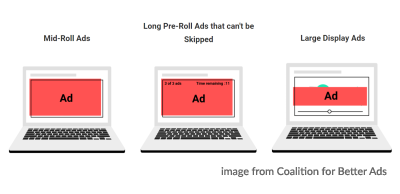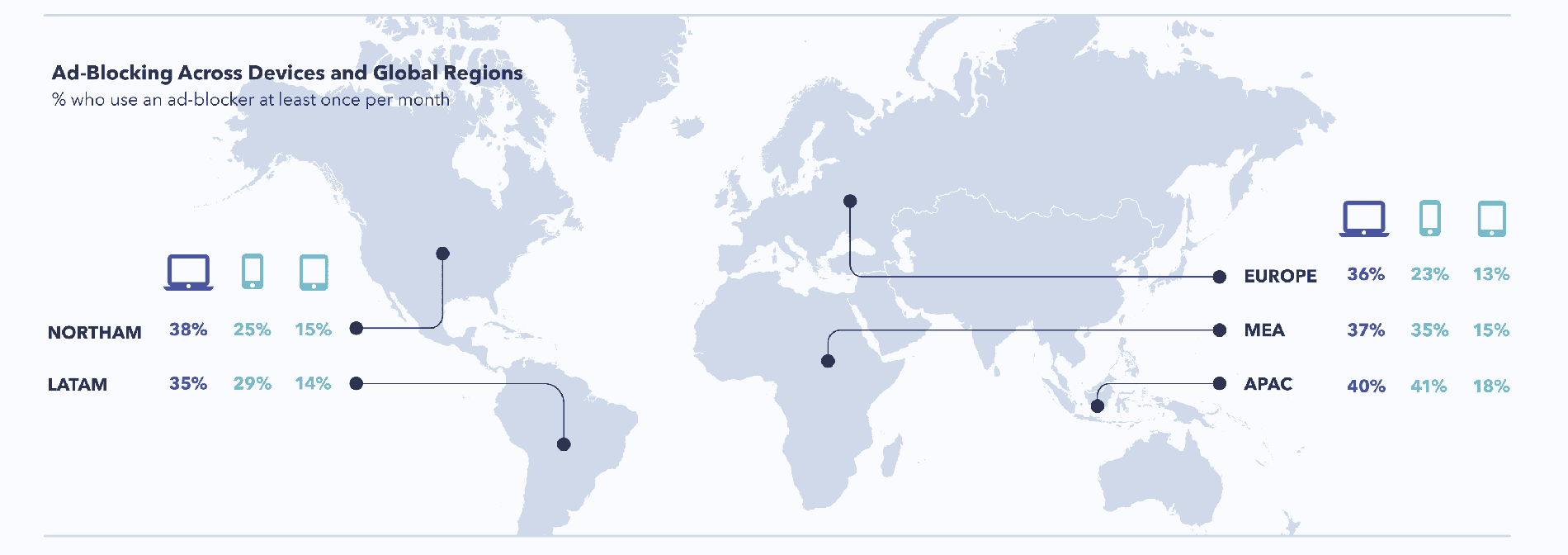Google has an interest in keeping ads effective and unblocked by users. In order to keep the internet a free market supported by ads, the company has decided to crack down on video ads playing in Chrome and YouTube content. Chrome will start blocking ads that are in videos under 8 minutes long, while YouTube will never show the ads at all.
The response of Google comes as an effort to keep users from getting annoyed on key platforms. Opinions collected from 45,000 users showed consumers found non-skippable ads to be particularly disruptive on videos under 8 minutes.
The web relies on advertising revenue achieved by appealing to its general audience, so these disruptions have been noted. YouTube achieved $15 billion in revenue last quarter relying on advertising within its video content.
According to the Coalition for Better ads, websites need to stop unnecessary and blatant interruptions like these or risk losing advertising completely. The ads noted as disruptive in short videos included three types:
- Pre-roll ads longer than 31 seconds that could not be skipped within the first 5 seconds
- Mid-roll ads of any length that interrupted the middle of the video experience
- Image or text ads that appear during a video, taking up more than 20% of the video screen or across the middle 1/3 of the video content
Users have noticed that ads interrupt and slow their viewing experience. Ads will also eat into monthly data usage and battery life. Some users have experienced malware issues delivered by problematic ads. Users are also concerned about the level of privacy invasion caused by ads tracking online behavior. These concerns have caused many users to turn to ad-blocking technology, which has caused concern for companies with an interest in advertising revenue.
Chrome will begin enforcing new standards August 5, 2020. Sites that continue to show disruptive ads that do not meet Chrome’s new standards will have all ads blocked by the Chrome browser. AdSense and DoubleClick will update their product plans to meet the new Google compliance standards for video ads. YouTube will be “reviewed for compliance with the Standards” notes Google.
This isn’t the first ad crackdown from Google. In 2018, Chrome built-in adblock began blocking certain types of intrusive ads in an effort to reduce the most annoying situations for users. This has resulted in reducing the noise of many sites that were determined to feature too many ads.
Adblocking technology user adoption is over 45% globally, according to a recent report by Digital Information World. Companies are even building counters to anti-adblock detection with labels like anti-adblock killer or adblocker blocker blockers, to push back on ad-driven publishers.
"Annoying or Intrusive Ads" continues to be a top reason stated by adblock users. This has encouraged Google to make changes toward a better browsing experience for their users. Limits on obstructive popups and certain website cookie practices have also come into play as part of the overall effort to curb certain forms of advertising that most annoy users.
Companies that want to meet Google standards will need to adhere to new changes or face having their content blocked by Chrome.
Admiral can help publishers with adblock revenue recovery, quickly measure the impact of adblock technology, adblock detection, manage site whitelisting, ad reinsertion or an acceptable ads program. Contact Admiral for a demo today.







